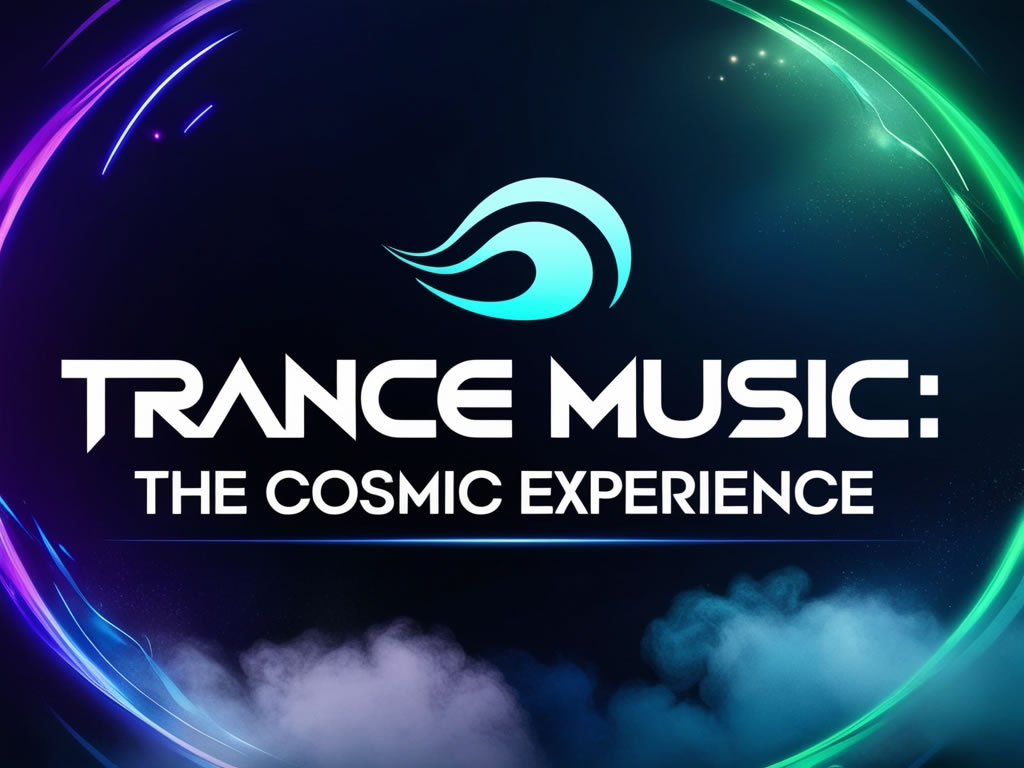A Comprehensive Guide to Trance Music and Its Subgenres
Trance music, one of the most influential genres within electronic dance music (EDM), has captivated listeners around the world with its euphoric melodies, hypnotic beats, and emotional depth. Originating in the early 1990s, trance music is known for its uplifting and dreamlike soundscapes, making it a favorite at festivals and clubs alike. Over time, trance has evolved into various subgenres, each offering a unique listening experience for different moods and atmospheres. In this blog post, we will explore the history of trance music and dive into the most popular subgenres that define it today.
The Origins of Trance Music
Trance music emerged in Germany in the early 1990s, combining elements of techno, house, and classical music. The genre is defined by its steady tempo (typically between 125 and 150 BPM), repetitive beats, and emphasis on melodic progression and tension-building. The term "trance" reflects the genre's ability to create a hypnotic state, drawing listeners into a deep, emotional connection with the music.
Early pioneers of trance, such as Paul van Dyk, Ferry Corsten, and Tiësto, helped shape the genre into a global phenomenon. Their euphoric and melodic sound attracted a massive fan base, leading trance to become one of the most celebrated forms of EDM.
Key Subgenres of Trance Music
1. Uplifting Trance
Uplifting trance, also known as "epic trance," is one of the most popular and recognizable forms of trance music. As the name suggests, it focuses on uplifting, euphoric melodies, powerful chords, and emotional build-ups that lead to cathartic, hands-in-the-air moments. This subgenre is designed to evoke feelings of joy and elation, making it a favorite at large festivals. Artists like Armin van Buuren, Aly & Fila, and Above & Beyond are well-known for producing uplifting trance tracks.
Characteristics:
2. Progressive Trance
Progressive trance is characterized by its slower tempo and gradual build-ups, focusing on subtle changes in melody and rhythm. This subgenre is more about creating a journey or emotional progression through its layers of sound rather than achieving instant euphoria. With its atmospheric and hypnotic qualities, progressive trance offers a deeper and more introspective listening experience. Artists like Sasha, John Digweed, and Markus Schulz are often associated with this subgenre.
Characteristics:
3. Psytrance (Psychedelic Trance)
Psytrance is a faster, more intense form of trance music, often characterized by its driving basslines, complex rhythms, and mind-bending sound design. Psytrance has its roots in the Goa trance scene of the 1990s and is heavily influenced by psychedelic culture. Known for its high-energy, futuristic sounds, and fast tempo (usually around 140-150 BPM), psytrance creates a surreal, otherworldly atmosphere that is popular in underground parties and festivals. Acts like Astrix, Infected Mushroom, and Vini Vici are pioneers of psytrance.
Characteristics:
4. Tech Trance
Tech trance is a fusion of trance and techno, blending the melodic elements of trance with the darker, more mechanical sounds of techno. This subgenre is known for its harder beats, minimalistic approach, and driving basslines, making it a favorite among fans who enjoy a more aggressive and energetic sound. Artists like Marco V, Sander van Doorn, and Sean Tyas are recognized for their contributions to tech trance.
Characteristics:
5. Vocal Trance
Vocal trance incorporates powerful, emotive vocals with the melodic and uplifting qualities of trance music. This subgenre often features lyrics that evoke feelings of love, heartbreak, and hope, making it highly emotional and relatable. Vocal trance has a strong appeal for mainstream audiences and is frequently played on radio stations and at festivals. Artists like Gareth Emery, Cosmic Gate, and Dash Berlin, as well as vocalists such as Emma Hewitt and Christina Novelli, are prominent in this space.
Characteristics:
6. Goa Trance
Goa trance, named after the region of Goa, India, where it originated in the late 1980s, is a subgenre that focuses on psychedelic and hypnotic sounds. The music often features tribal beats, organic rhythms, and layered melodies, creating a meditative and spiritual experience. Goa trance is slower and more relaxed compared to psytrance but still retains a psychedelic edge. It has influenced many modern psytrance artists and is celebrated at outdoor, nature-focused festivals.
Characteristics:
7. Hard Trance
Hard trance is a faster, more aggressive subgenre that incorporates elements of both trance and hard techno. Known for its pounding basslines, sharp kicks, and intense energy, hard trance is designed to keep the dancefloor moving at high intensity. With tempos often reaching 140 BPM or higher, this style is popular in underground rave scenes and among fans of harder dance music. Pioneers of hard trance include artists like Scot Project and Yoji Biomehanika.
Characteristics:
The Impact of Trance Music on the EDM Scene
Trance music has left a lasting impact on the global EDM scene, influencing everything from mainstream festival lineups to underground raves. Its emotional depth and ability to create an otherworldly atmosphere have made it a favorite among both casual listeners and dedicated fans. Many of today’s biggest EDM artists, including Armin van Buuren, Paul van Dyk, and Tiësto, began their careers in the trance scene, helping the genre gain widespread popularity.
In addition to shaping the sound of modern electronic music, trance has fostered a tight-knit community of fans and artists who share a deep emotional connection to the music. Whether it’s the euphoric melodies of uplifting trance or the intense beats of psytrance, the genre continues to evolve and inspire.
Conclusion
Trance music is a genre that transcends borders, cultures, and time. With its diverse subgenres—each offering its own unique sound and emotional journey—there is a style of trance for everyone. From the uplifting anthems of vocal trance to the intense energy of psytrance, this genre continues to captivate audiences and shape the future of EDM.
Final Thoughts
Are you ready to dive deeper into trance music? Whether you're looking for an emotional escape through uplifting melodies or a mind-bending experience with psytrance, the world of trance music has something for every electronic music lover. Explore the subgenres, find your favorites, and let the music take you on a journey.

